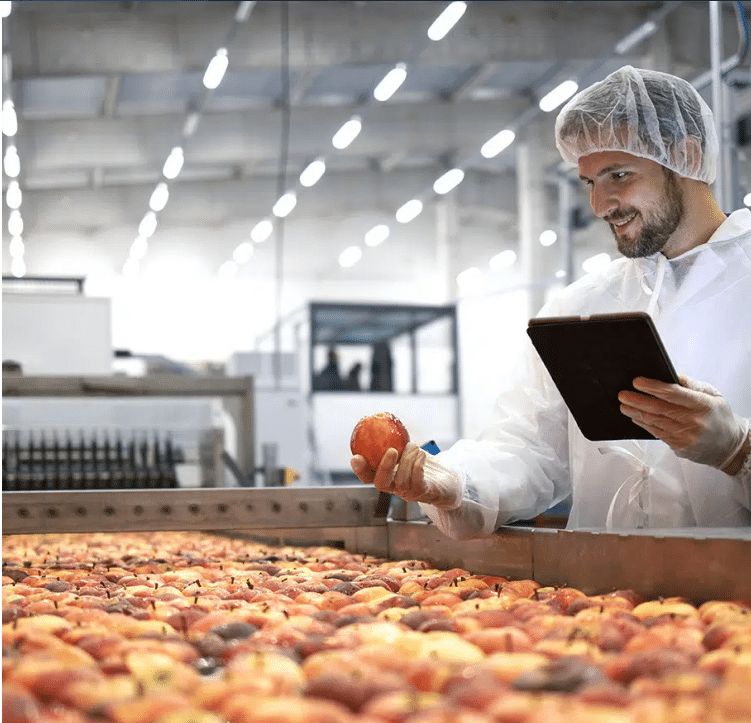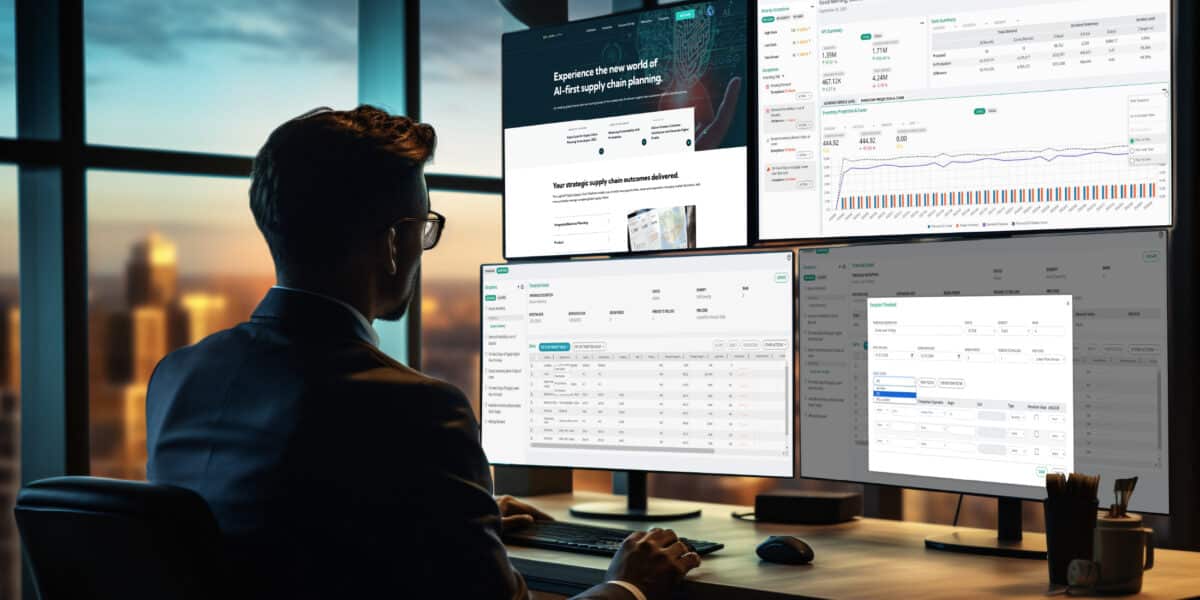
From shifts in consumer demand to new regulations and disruption in market dynamics and supply networks, food and beverage (F&B) industry executives have always had many reasons to stay alert. But lately, a new set of supply chain challenges is making everyone more concerned that their business could fall behind overnight.
And the stakes have never been higher. McKinsey & Company research recently revealed that 76% of surveyed consumers experimented with new shopping behaviors during the pandemic primarily because of product availability – an area in which larger competitors have an advantage. Meanwhile, businesses shoulder the burden of costs rising upwards of 50%, which could feasibly stay elevated after the pandemic and hinder future growth.
While McKinsey’s findings only cover the impact of evolving consumer preferences, they paint a picture of an industry that is constantly shaking off the implications of change. For example, protectionist trade policies, labor shortages, scaled-down logistics services, and higher-volume direct-to-consumer transactions have increased the cost of ingredients and finished products, left store shelves partially empty, and caused revenue loss.
Food and beverage companies that engage in sales and operations planning (S&OP) and act on those strategies early are the ones that can safeguard their profitability, satisfy consumers, and operate more responsively than their competition.
A Recipe for Resilience: Key Ingredients Food and Beverage Supply Chain Brands Can Bake into Their Success Strategy
Download eBookYielding Winning Outcomes in a Field of Uncertainty
For F&B companies, the quality of their enterprise S&OP process dictates their ability to react flexibly to near- and long-term change. This is the case no matter if the business needs to reconfigure production lines to respond to supply shifts that reflect the growing season, demand fluctuations, or trade and regulatory constraints.
Many F&B companies have already taken steps to advance their S&OP processes by using a tactical approach to synchronize supply with demand and a strategic one to optimize finances and make long-term decisions. However, few brands have genuinely integrated these processes to drive the entire operation and the extended supply network as one cohesive ecosystem.
By combining the tactical and strategic aspects of S&OP, your business can drive growth by leveraging five critical outcomes:
1. Data-driven, collaborative supply network
Extending understanding and insight into market-driven demand planning, your organization and your extended supply network can influence process improvement, operational sustainability, employee engagement, and digital transformation. You can align high-level business planning with detailed product forecasting to boost service levels, shorten cycle times, reduce inventory investment, and minimize obsolescence.
With the right S&OP solution, everyone in the ecosystem can feel a level of confidence to leverage data and statistical analysis to negotiate with each other and work collaboratively to respond when market conditions change. For example, you can deliver the visibility your stakeholders demand to track and make decisions for the global supply chain network, including suppliers, partners, and customers.
2. Resource optimization
One of the most significant shifts in F&B supply chains during the pandemic was moving from bulk food processing and packaging to multiple packaging lines sold directly to consumers. By uniting what the production line is producing with the finished packaged goods that need to be made, S&OP processes for F&B can synchronize the entire supply chain to seize market opportunities quickly.
When multiple packaging resources are managed to absorb the output capacity of the production line, your brand can deliver the appropriate assortment of finished goods and pull forward demand when necessary. For example, if processing equipment for preparation, cooking, filling, or labeling is shared and interconnected, the planning system would prevent double-booking an employee, machine, and ingredient source – reducing waste and increasing efficiency.
3. Improved customer satisfaction
By optimizing resources, you can minimize total supply costs while meeting consumer demand requirements. This desirable outcome requires an S&OP process that delivers an optimal plan that considers all constraints, costs, capacities, and business goals across the supply chain network.
This approach satisfies market demand profitably through dynamic materials sourcing, optimized production and manufacturing plans, and reduced distribution costs and lead times. The process should provide flexible, easy-to-use capabilities to automate the evaluation and comparison of multiple supply alternatives through simulations and perform various business scenario analyses. Furthermore, supply chain leaders should assess volumetric and financial information to choose options for suppliers, production factories, and transportation and storage providers in the context of economic impacts.
4. Enhanced production agility
S&OP processes for F&B with embedded artificial intelligence and machine learning can automate critical areas of the supply chain to accelerate production speed and increase agility. In fact, our customers who have included these technologies in their S&OP applications have lowered their operational costs by as much as 30% and turned product concepts into deliverable finished goods 10 times faster.
You can optimize your forecast algorithm and parameter settings to increase forecast accuracy by up to 50%. You can also determine the variability of demand to model and predict the resilience of an n-tier supply chain to help reduce risk and improve customer service levels. Furthermore, the correct demand distribution model can be calculated and applied for each SKU and location to optimize inventory across the extended supply chain, helping to reduce total inventory by up to 50%.
5. Integrated performance monitoring and measurement
Good S&OP processes for F&B are built on excellent reporting, data integration, and insight-driven transparency. Offering a forward-looking view, KPIs allow S&OP planners to see the impacts of alternative strategies from the standpoint of cost, service, and capacity. Equally important are plan-versus-actuals comparisons that can be used to assess performance against the plan and adjust accordingly.
Powering Food and Beverage Supply Chain Excellence with S&OP
A strong S&OP foundation is critical to operate an F&B supply chain that can withstand major and minor disruptions that will happen today and in years to come. From there, your business can build advanced supply chain planning and optimization capabilities to drive efficient and profitable operations and provide a competitive advantage that meets expectations no matter what the future holds.

Written by
Lachelle Buchanan
Vice President, Product Marketing
Short bio
Lachelle Buchanan is the vice president of product marketing at Logility, where she leverages over 15 years of experience in unifying the expertise of product development teams with the market insight of sales teams for successful new product introductions. After spending half her career in marketing and the other half in supply chain, Lachelle is most passionate about bringing teams together to solve complex supply chain challenges and delivering value for customers. Owing to a passion for advanced Sales & Operations Planning, Lachelle has Oliver Wight certifications in Integrated Business Planning (Advanced S&OP), Demand Management, Integrated Supply Chain Management and Product & Portfolio Management.




